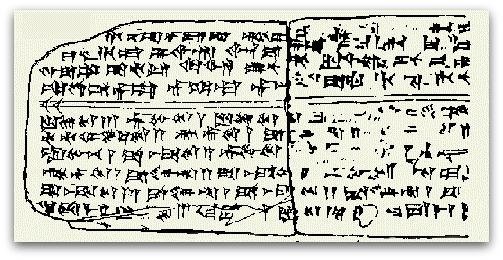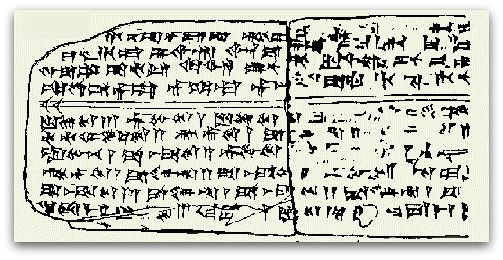Let’s all get up and dance to this golden oldie from before your great, great, great, great grandmother (and most of your ancestors) were born.
In the early ‘50s, archaeologists unearthed several clay tablets from a historical site in Syria near modern-day Ras Shamra. The area once comprised the ancient city of Ugarit, which must have been a pretty hip town, circa 1400 B.C. That’s because the tablets didn’t contain historical information or an epic tale – they were marked with ancient musical symbols. The over 3,400-year-old tunes outlined on the tablets turned out to be what were later described as a “cult hymns.” Now known as the Hurrian Songs, they’re widely considered to be the oldest music in the world.

Meanwhile, other historians continue to debate how this music could have possibly been composed back then. Many argue that the harmonies featured on the tablets are far too advanced for the era. Musicologists especially are convinced that these songs would have been impossible to compose in the 14th century B.C. Nevertheless, the existence of these tablets continues to debunk what many experts thought they knew about the history of ancient music.
One of the tablets’ tunes, an ode to the orchard goddess Nikkal, is thought to be the most ancient of them all, making it the current holder of the title “Oldest Song on the Planet.” The author also made sure to include instructions on one of the tablets, which includes tuning tips and suggestions that it be played on a sammûm, a musical instrument that was sort of like a lyre. The lyrics have proven daunting for historians to transcribe but many theorize that they focus on a woman praying to Nikkal for a baby.
There are a few different versions of the song available on the Internet but here’s one that was recorded by jazz musician Keith Harrison-Broninski, along with a female vocalist.








